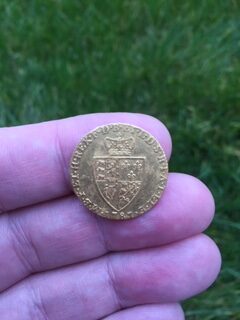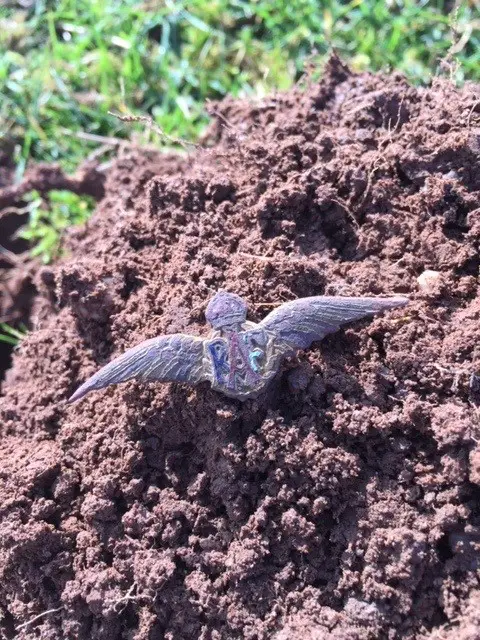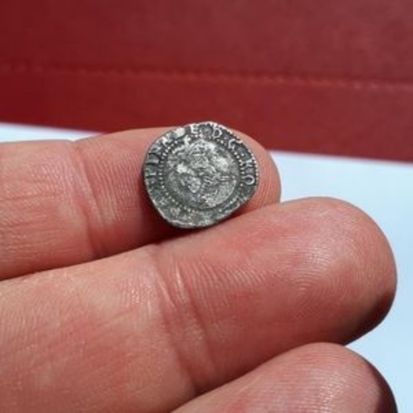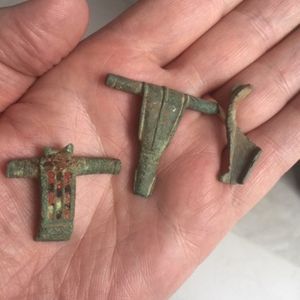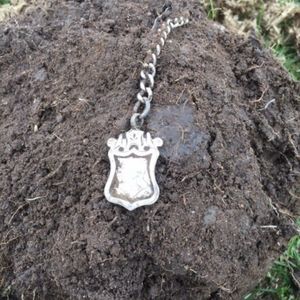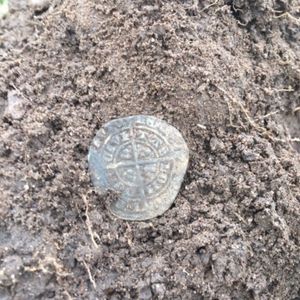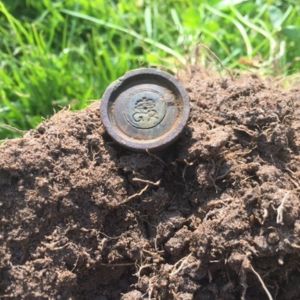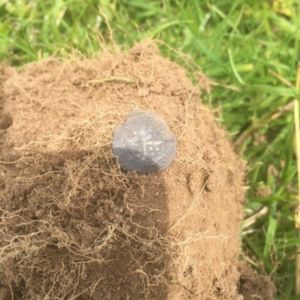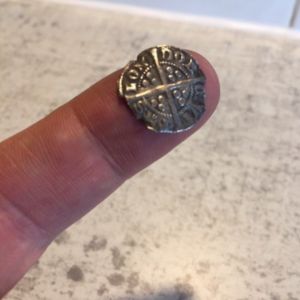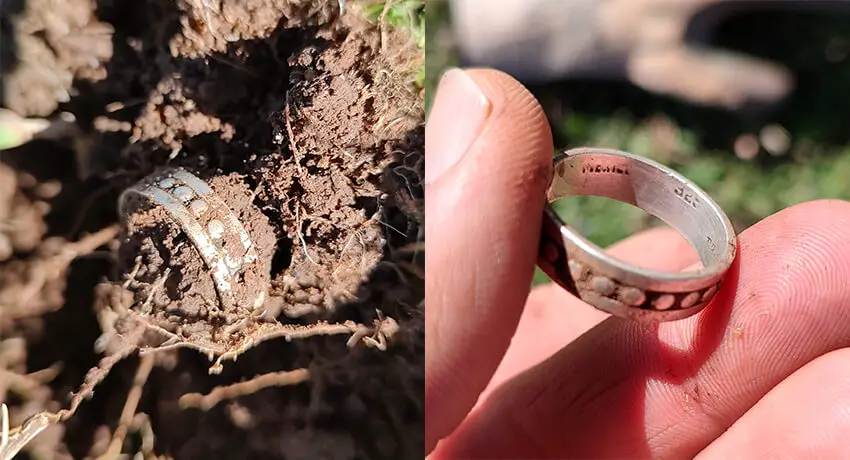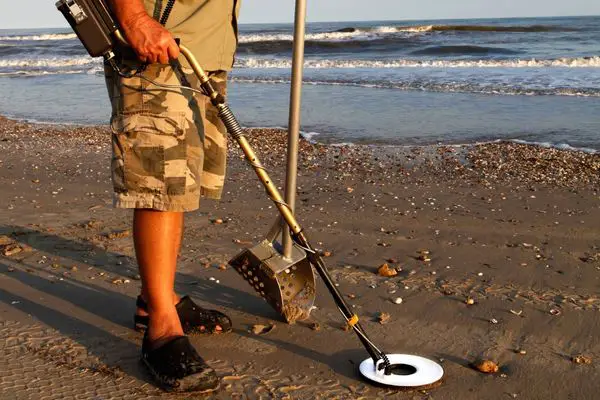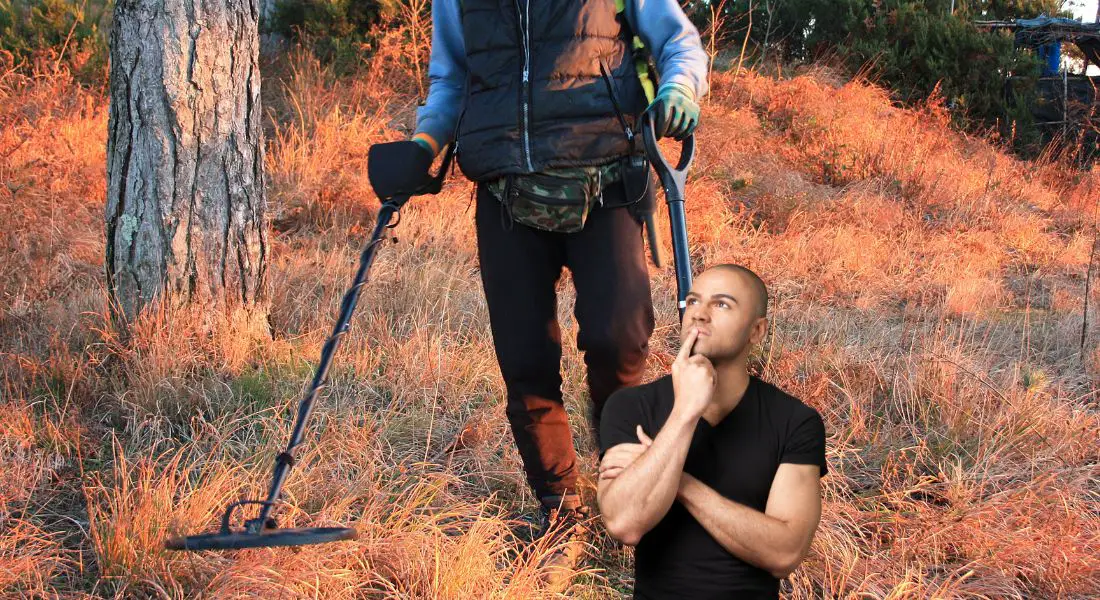Great Britain as we know it now has had a turbulent history of being conquered. The first big invasion was Roman from approximately 55 BC to them leaving in around 410 AD.
Around 406-410 AD, Angles, Saxons and Jutes from Northwest Europe came to Britain to settle and became the “English”. Britain split into a few kingdoms in the 800’s AD.
The Vikings then invaded from Norway and Denmark with the intention of burning and looting their way to prosperity. They later became more peaceful and settled.
This then takes Britain to 1066 and the Norman invasion from France.
Are Saxons and Vikings the same?
The Saxon’s, Angles and Jutes
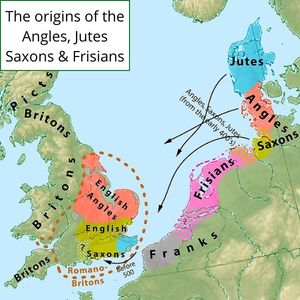
The Saxons originated from Northwest Europe and consisted of a mixture of people which included the Angles, Saxons and Jutes.
Their origins are from the lowlands of Germany and Denmark.
They were a seafaring and warrior nation who came to Britain with a mixed view to trade but to also raid.
The Romans had built forts along the coast to house soldiers and repel the Saxon invaders initially but by the time the Romans had left Britain, many were to lose their lives and land.
The Angles initially settled around East Anglia, the Midlands and Northumbria whilst the Saxons headed for the South of England and formed the well documented kingdoms of Sussex, Wessex, Essex and Middlesex.
The Jutes from Jutland (Famous from the World War 1 naval battle), eventually settled in Kent, Hampshire and the Isle of Wight. Further north were the Picts and Scots who originated from Ireland.
The Vikings
The Vikings originated from Scandinavia which is made up from Norway, Sweden and Denmark. They were mainly farmers, fishermen, sailors and traders but they were also famous for being tough fighters.
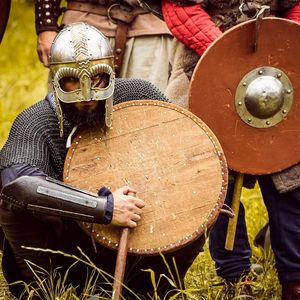
The Vikings were also credited for being great boat builders and also being able to navigate using the stars.
Their aim was to prosper by basically fighting and taking whatever they wanted!
One of the main reasons for the Vikings venturing out to Britain was that there wasn’t enough homeland available for everyone as their population grew.
Male siblings would be prevented from inheriting family farms so they thought the only option was to travel and raid to become richer.
Britain looked like a soft touch as Saxon kings, noblemen and the churches had great wealth but the division of the Saxon kings and kingdoms were seen as a weakness by the Vikings.
The infamous first slaughter by the Vikings infamously happened at a monastery in Lindisfarne, Northumbria.
The Vikings of three ships stole the treasures from the monastery, burned the structures and killed all of the monks who were defenceless.
Following the raid on Lindisfarne, there were many more battles between the Anglo Saxons and the Vikings who were known as the “Northmen”.
It is also known however that in the North and West regions of Britain, some Vikings softened and settled into a more peaceful life of farming.
From the mid 800’s AD, some of the largest Viking invasions happened and it’s documented that a fleet of over 350 Viking ships entered the river Thames in 851 AD which the Anglo Saxons could do nothing to resist.
A later further invasion in 865 AD was the biggest to date and basically conquered the kingdoms of East Anglia, Northumbria and Mercia.

At this time, panic ensued and hoards of coins and treasures were being buried by their owners in the hope that if they survived, they could retrieve them later.
Many of these hoards of course were never retrieved as their owners were killed.
This is what metal detectorists dream of finding and there are many hoards out there that still haven’t been found.
Of course, as a metal detectorist, you would need to declare a found hoard by law but you can still benefit financially from doing the correct thing.
You can read about metal detecting and the law in my article, is metal detecting legal here. If you fancy taking up metal detecting as a hobby and want help on where to start, you can also read my article on metal detecting for beginners here.
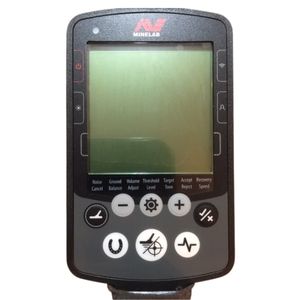
The Minelab Equinox 800
The ultimate and original multi frequency machine that has opened up a whole new world in detecting technology.
Deep detection and constant stable target identification.
Alfred of Wessex
Wessex was the last Anglo Saxon kingdom to make a stand against the Vikings in which king Ethelred 1st and his brother fought together.
Ethelred 1st subsequently died in 871 AD and his brother Alfred became King of Wessex.
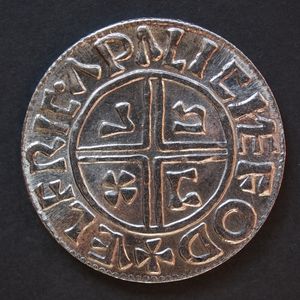
Alfred is famous for his courage and determination against the Vikings and would not give in.
The first battles for Wessex didn’t go well and he was forced to make peace with the Vikings.
As the victorious Vikings travelled north to fight against pockets of rebels, a fresh Viking army arrived and launched a new campaign against the unsuspecting population.
Most of Wessex surrendered but Alfred was having none of it. He fled to the Somerset marshes, gathered a new army and planned how he was going to regain Wessex.
He marched his new army to Edington, near Westbury in Wiltshire to defeat Guthrum, the Viking Dane leader.
After winning the battle, Alfred allowed Guthrum’s men to settle in East Anglia. Subsequent battles afterwards led to Viking defeats and all of England considered Alfred as their King. He restored order and to date is the only king to be called, “the Great.”
After Alfred’s death, his grandson Athelstan became king in 924 AD and after his death in 939 AD, his successor was Edgar. Many battles still raged between the Anglo Saxons and new Viking raiders looking to profit.
Stability within the Wessex kingdom was good however and law and order was kept up. This was commonly known as “The Golden Age” of the Saxons until the death of Edgar in 975 AD.
The Viking king – King Cnut
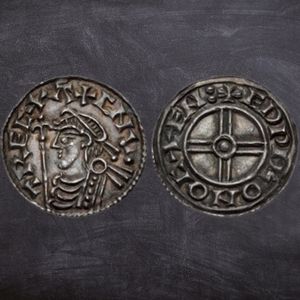
After Edgar’s death, England fell into a confused state of affairs and life wasn’t great.
The Vikings returned again and in 1016 AD, a Viking called Cnut (“Canute”) became king.
King Cnut did actually bring stability and peace to England for a while.
After King Cnut’s death in 1035 AD, a power struggle loomed between would be successors for 30 years and after all of the eligible Danish sons were dead, Edward, the son of Ethelred (“the unready”) returned from Normandy to take the throne.
You may know Edward as “the confessor”. He was known as this due to him being very religious and always confessing his sins.
He was more Norman than English but trouble was brewing back in Normandy because there were others with large armies who thought they had a more valid claim to the throne.
Edward the Confessor died in 1066 AD and England chose Harold as king. (Interestingly, I live a stones throw from a dig site where King Harold built a lodge in Portskewett, Caldicot!)
Harold famously was the king who died from an arrow in the eye at the battle of Hastings.
Metal detecting Saxon and Viking finds
Saxon coins 600-870AD
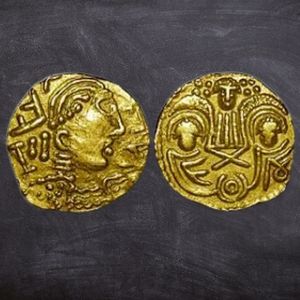
Even though Great Britain as we know it today has had a violent past due to many invasions from Italy, Europe and Scandinavia, what it has done is left us with a wealth of treasure beneath our feet which we’ve still yet to find.
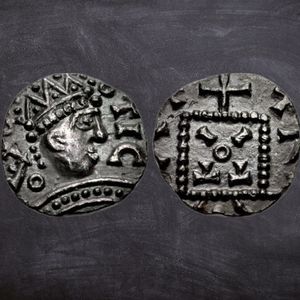
Coins from this period in good condition can fetch a surprising amount to serious collectors.
So what are the typical coin finds you could discover with a metal detector?
The first signs of early Anglo Saxon coins were gold and called “Thrymsa’s” and were minted from about 630 AD.
They were influenced from the previous Roman coinage but made in an Anglo Saxon style.

Silver coins of the time were influenced by Roman silver denarii and are called “Sceattas”. (You can also read my article on Roman coins facts here)
The coinage of this period have many interesting designs as they were minted in different kingdoms as we’ve discussed.
Kent, Mercia and East Anglia happened to be ruled by the Vikings and was under Danelaw so coins minted in from those kingdoms are different again.
These can also fetch some considerable sums of money if found in good condition. To help clean and identify these types of coins, a digital microscope is often used.
I do have a dedicated article on digital microscopes for coins here.

Unbeatable Multi Frequency!
You can now get the ultimate power of multi frequency technology over single frequency detectors with the Minelab Vanquish range of detectors.
The entry level Vanquish 340 now gives you ultimate depth, stability and sensitivity on all target types in every soil, including wet beach sand.
Viking coins 885-954AD

Similarly, Viking coins in good condition can fetch considerable sums of money and are very sought after by serious coin collectors.
The price of a single coin could easily return the money of any high end metal detector you’ve invested in.
These types of coins along with the Saxon coins are quite thin and do require in most cases quite a sophisticated metal detector to find.
To maximise your chances of finding these, a multi frequency detector will ensure you will. (You can read my article on multi frequency technology here)
Final thoughts
Okay, we’ve covered quite a bit in this brief introduction to our history in relation to who has invaded Great Britain and by whom. All very interesting stuff as it basically makes up who we all are today.
A real melting pot of heritage! If you’re lucky enough to find coins and artefacts from this period, you definitely want to show them off. Why not read my article on metal detecting finds cases.
We covered from when the Romans left us, when the Saxons, along with the Jutes, Angles and Frisians invaded us and right to, what seems like endless battles with the Vikings.
Due to the ages of finds from this period, they mostly fall into the definition of treasure. You can further read about the definition of treasure and the treasure process in my article treasure definition here.
What I’m eluding to here is that during that turbulent period, coins and artefacts were dropped and fortunes were buried for retrieval later. Many never returned to retrieve them.
The Saxons and Vikings also made lead tokens that were used for various interesting reasons. Read my article on lead tokens here.
We have a wealth of treasure beneath our feet that still hasn’t been found yet. Check out my article on coin collecting here.
If you are thinking that maybe this a great hobby to start, there are some more articles here to help guide you. Try my article….. is metal detecting worth it here.
You might also be interested in my article about how to choose the best metal detector for beginners here.
Stay safe and happy hunting!



